Unique Easter Customs Around Greece
- by XpatAthens
- Tuesday, 15 April 2025
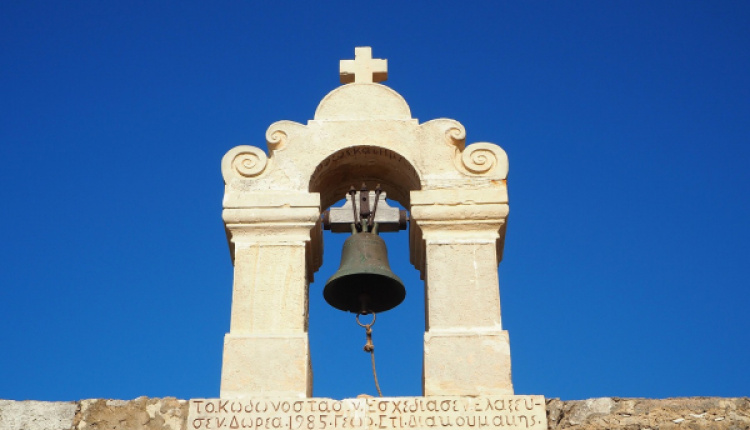
As Easter approaches, Greece bursts with a kaleidoscope of traditions and celebrations, each region boasting its own unique customs that captivate locals and visitors alike.
From the thunderous Rocket War in Chios to the colorful Hot Air Balloons of Leonidio, let's explore some of the most unique and vibrant Greek Easter customs.
Chios - Rocket War (Rouketopolemos)
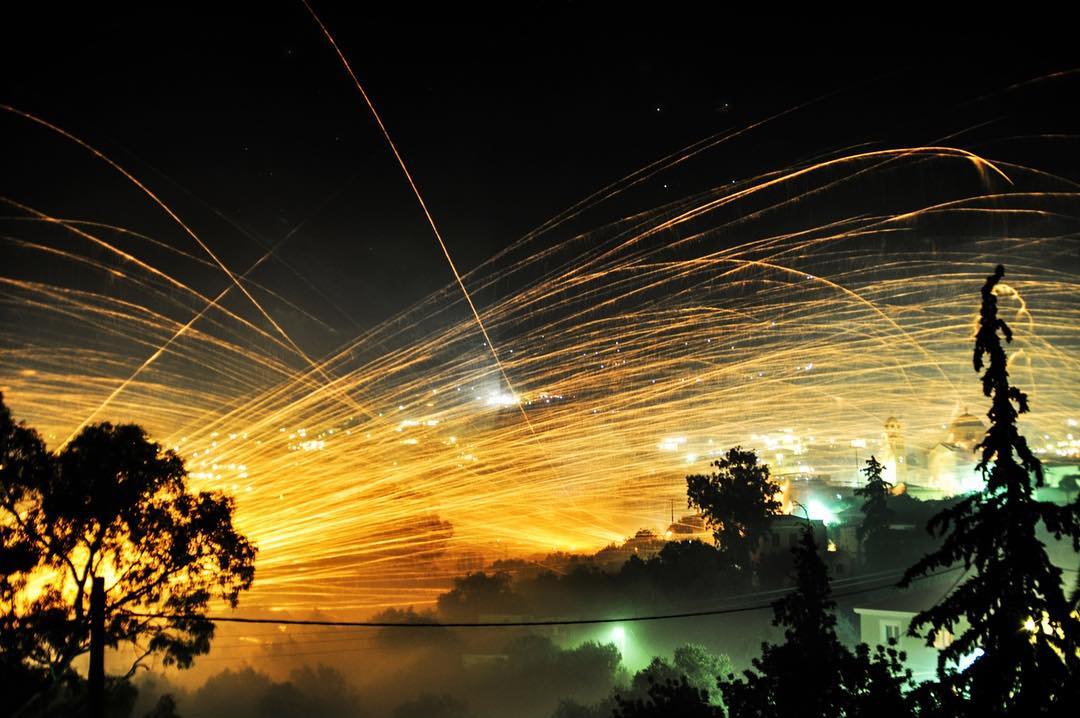
@panos.mavrakis
Nestled amidst the intoxicating scents of mastic and the medieval charm of its villages, Chios welcomes Easter with a spectacle unlike any other - the Rocket War. Originating from the final years of Ottoman rule, this tradition sees parishioners from opposing churches, Agios Markos and Panagia Erythiani, engage in a thrilling exchange of shots using small cannons. These cannons, brought by sailors from merchant ships, are set up in churchyards and loaded with fireworks, aiming to create a cacophony of noise that reverberates through the night.
Kalamata - Saitopolemos

@g_tsafos
In the heart of Messinia, Easter bursts into life with the captivating custom of Saïtolemos. Crafted from cardboard and filled with a potent mixture of gunpowder and oil, saïtes take to the skies, resembling playful paper airplanes. While their origins are steeped in folklore, the tradition continues to captivate with its spirited competition and thunderous roar, echoing across the banks of the Nedontas River. As Easter unfolds across Greece, these unique customs serve as vibrant expressions of faith, culture, and community, inviting all to immerse themselves in the rich tapestry of Greek Easter traditions.
Leonidio - Hot Air Balloons
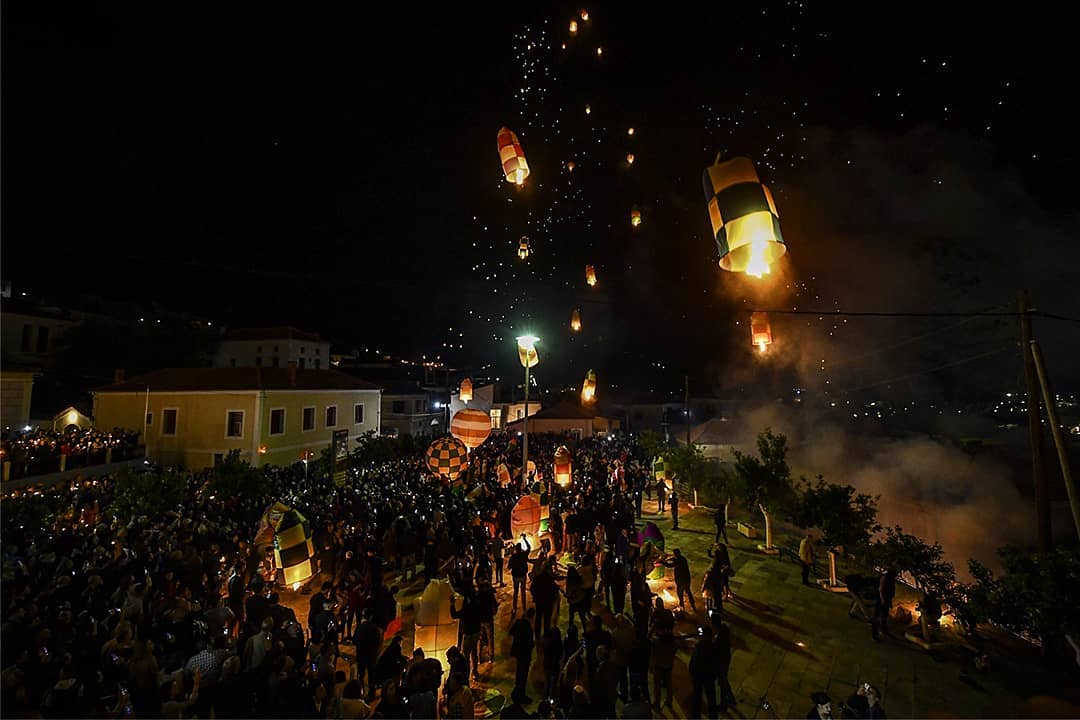
@aris.messinis
In the picturesque town of Leonidio, Easter takes flight with the mesmerizing sight of "afani" - vibrant paper balloons adorning the sky. As the priest proclaims "Christ is Risen," the air fills with anticipation as five parishes compete to release the most balloons. Locals light oil-soaked "kollemaras," sending over 600 balloons soaring into the night, symbolizing the resurrection with a breathtaking display. Alongside this spectacle, the burning of Judas ceremony adds a poignant touch to the Easter festivities.
Corfu - Botides
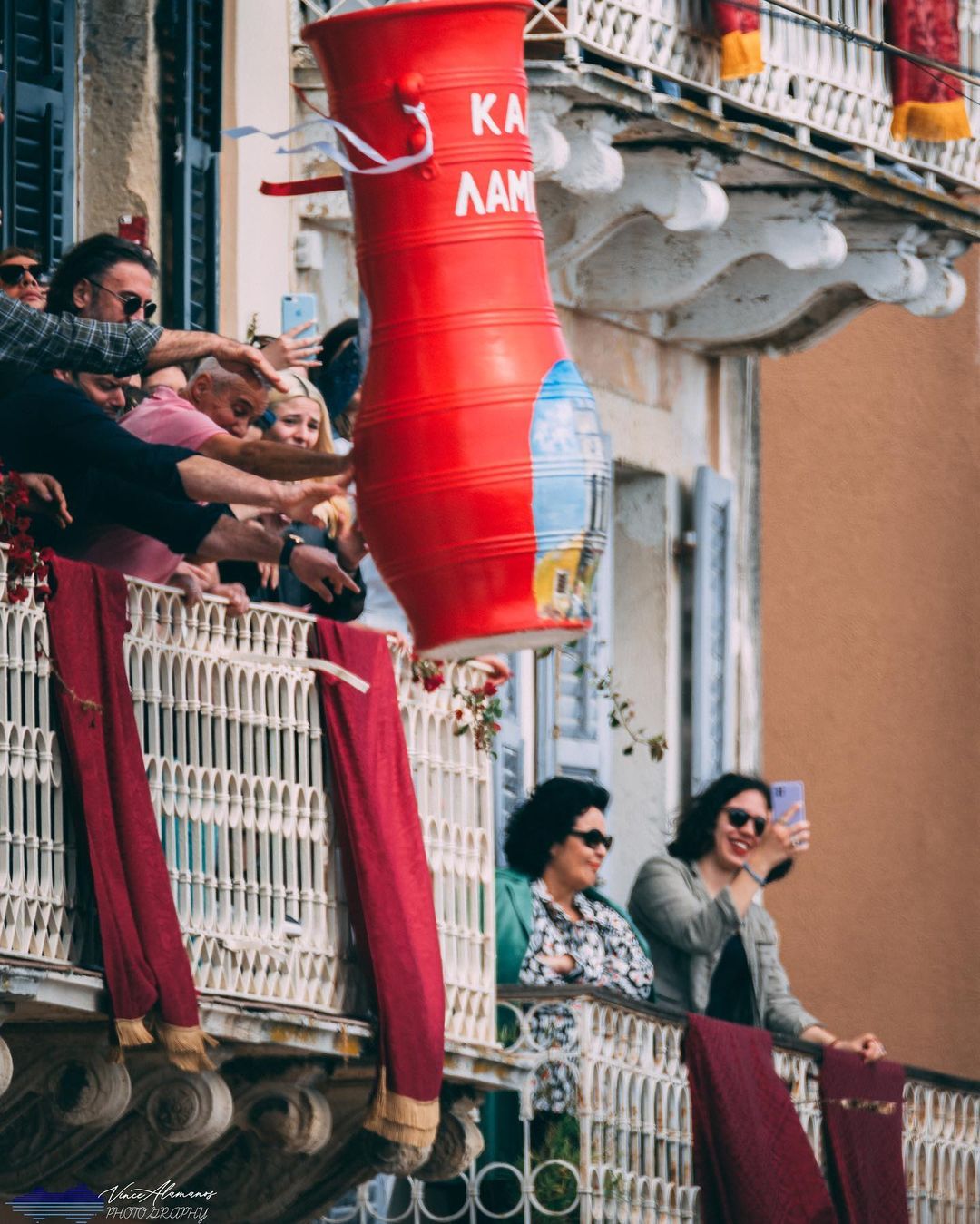
@vince_alamanos
Corfu adds a splash of color to Easter celebrations with the lively tradition of "Botides." On Holy Saturday morning, young Corfiots gather at the Liston, bearing clay pitchers filled with water. With joyful exuberance, they toss these pitchers out of windows onto the cobblestone streets below, marking the end of Lent and the beginning of Easter joy. The crashing pitchers create a cheerful symphony, echoing the island's vibrant spirit and welcoming visitors to join in the jubilant festivities.
Tyros - Coastal Processions
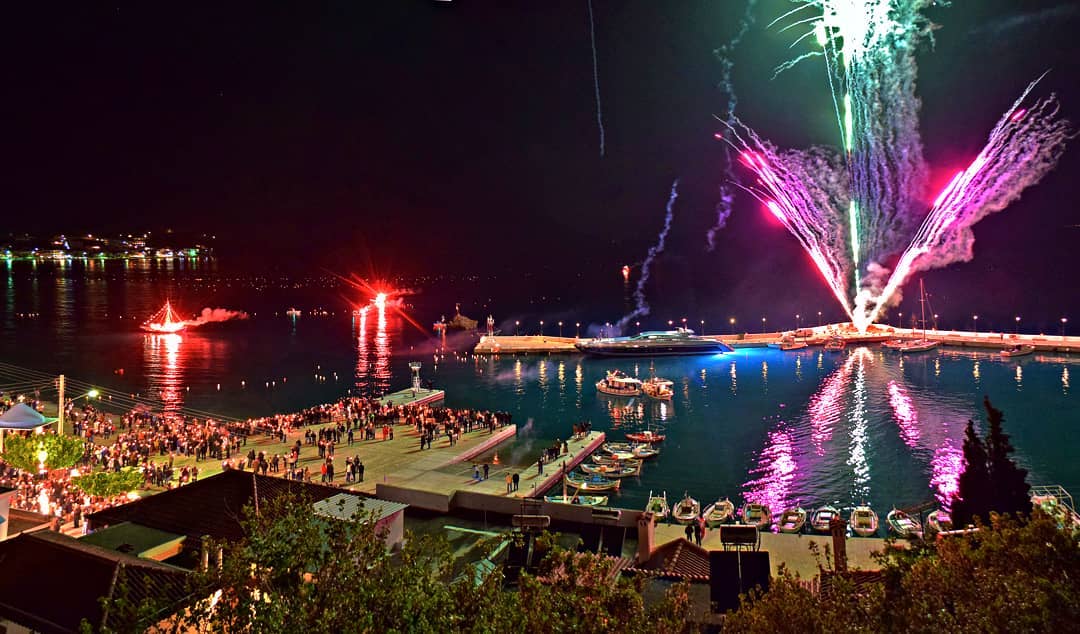
@anemologiotiros
In Tyros, tradition runs deep, and Easter is no exception. On Good Friday, the coastal road comes alive with the solemn procession of the two Epitaphs, accompanied by fishing boats and throngs of reverent onlookers. From inland, thousands follow the Epitaphs, honoring the solemnity of the occasion and reaffirming the community's steadfast commitment to tradition.
From the thunderous Rocket War in Chios to the colorful Hot Air Balloons of Leonidio, let's explore some of the most unique and vibrant Greek Easter customs.
Chios - Rocket War (Rouketopolemos)

@panos.mavrakis
Nestled amidst the intoxicating scents of mastic and the medieval charm of its villages, Chios welcomes Easter with a spectacle unlike any other - the Rocket War. Originating from the final years of Ottoman rule, this tradition sees parishioners from opposing churches, Agios Markos and Panagia Erythiani, engage in a thrilling exchange of shots using small cannons. These cannons, brought by sailors from merchant ships, are set up in churchyards and loaded with fireworks, aiming to create a cacophony of noise that reverberates through the night.
Kalamata - Saitopolemos

@g_tsafos
In the heart of Messinia, Easter bursts into life with the captivating custom of Saïtolemos. Crafted from cardboard and filled with a potent mixture of gunpowder and oil, saïtes take to the skies, resembling playful paper airplanes. While their origins are steeped in folklore, the tradition continues to captivate with its spirited competition and thunderous roar, echoing across the banks of the Nedontas River. As Easter unfolds across Greece, these unique customs serve as vibrant expressions of faith, culture, and community, inviting all to immerse themselves in the rich tapestry of Greek Easter traditions.
Leonidio - Hot Air Balloons

@aris.messinis
In the picturesque town of Leonidio, Easter takes flight with the mesmerizing sight of "afani" - vibrant paper balloons adorning the sky. As the priest proclaims "Christ is Risen," the air fills with anticipation as five parishes compete to release the most balloons. Locals light oil-soaked "kollemaras," sending over 600 balloons soaring into the night, symbolizing the resurrection with a breathtaking display. Alongside this spectacle, the burning of Judas ceremony adds a poignant touch to the Easter festivities.
Corfu - Botides

@vince_alamanos
Corfu adds a splash of color to Easter celebrations with the lively tradition of "Botides." On Holy Saturday morning, young Corfiots gather at the Liston, bearing clay pitchers filled with water. With joyful exuberance, they toss these pitchers out of windows onto the cobblestone streets below, marking the end of Lent and the beginning of Easter joy. The crashing pitchers create a cheerful symphony, echoing the island's vibrant spirit and welcoming visitors to join in the jubilant festivities.
Tyros - Coastal Processions

@anemologiotiros
In Tyros, tradition runs deep, and Easter is no exception. On Good Friday, the coastal road comes alive with the solemn procession of the two Epitaphs, accompanied by fishing boats and throngs of reverent onlookers. From inland, thousands follow the Epitaphs, honoring the solemnity of the occasion and reaffirming the community's steadfast commitment to tradition.


